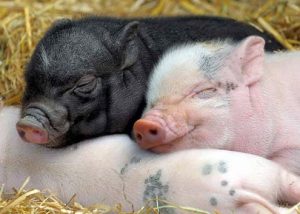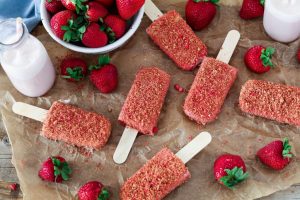Got milk? I sure hope not – it’s for your own good. Cow milk is produced the same way human milk is produced: a mammal is impregnated and then lactates to provide nutrients for the kin. Cow milk is designed to turn a calf into a 500 pound animal in approximately 6 to 7 months. Surely this cannot be healthy for regular human consumption. Many think that cow milk is an important part of the human diet, but this is just silly if you think about it. Why would a human need to consume another species’ breast milk to be healthy? There is a reason almost 75% of the world is considered lactose intolerant.
Various studies over the years have found milk to be dangerous in some ways. It does not prevent any diseases (including osteoporosis) and actually leads to some. A report in the New England Journal of Medicine worked a theory that stated milk proteins can damage the production of insulin. Those with a genetic predisposition for diabetes are especially at risk. The dairy industry writes this off as “just a theory” and “controversial.” Harvard School of Public Health found mean who consumed dairy daily had a 33% greater risk of developing prostate cancer.* A professor of Nutritional Biochemistry at Cornell University stated that milk protein may be the “single most significant chemical carcinogen to which humans are exposed.”
What about calcium? Don’t we need milk to build strong bones? Calcium is very important to our diet, however a calcium deficiency is not the cause of weak bones. Bone deterioration is actually due to the way our body handles too much calcium. Just as our body excretes extra vitamins and minerals, our bones excrete excess calcium. Sometimes, this process excretes too much calcium and bones become weak. One of the largest culprits is our protein intake. Animal products are high in protein and generate a lot of demand from the kidneys. In turn, calcium is surrendered from bone so the kidneys can function properly. Instead of increasing our calcium, we should be limiting our protein. When considering these facts, we find that milk and animal products are actually leading to osteoporosis, not preventing it.
These findings are proven over and over across the world. In America, women consume more calcium than just about anyone in the world. Approximately 44 million women in the U.S. are threatened by osteoporosis or low bone mass. One in four women over the age of 65 are diagnosed with osteoporosis. More deaths are caused by bone loss than breast and cervix cancer combined. World health statistics show that the countries with high dairy consumption actually have the highest osteoporosis rates – including Finland, Sweden, the United Kingdom, and the U.S. Eskimos have been found to have one of the highest rates of osteoporosis, consuming over 2000 mg of calcium and around 250 to 400 grams of protein each day. On the other hand, African Bantu women consume on average only 350 mg. of calcium each day, and very seldom break bones or lose teeth.
So what do we do with this information? We find better sources of calcium, and watch our protein intake. Calcium can be found in leafy greens, like collard, kale, and mustard greens. Plant-based milks also have healthy doses of calcium, and is absorbed well by the body. Rice, soy, hemp, and almond milk are all viable options. Stick to plant-based proteins such as beans, nuts, and vegetables. If you are having trouble giving up your glass of milk at dinner, remember that you are not a baby cow! If you don’t drink your own mothers breast milk anymore, why would you another species’ milk?
*Daily consumption of two and a half servings, compared to those who consumed less than half a serving



